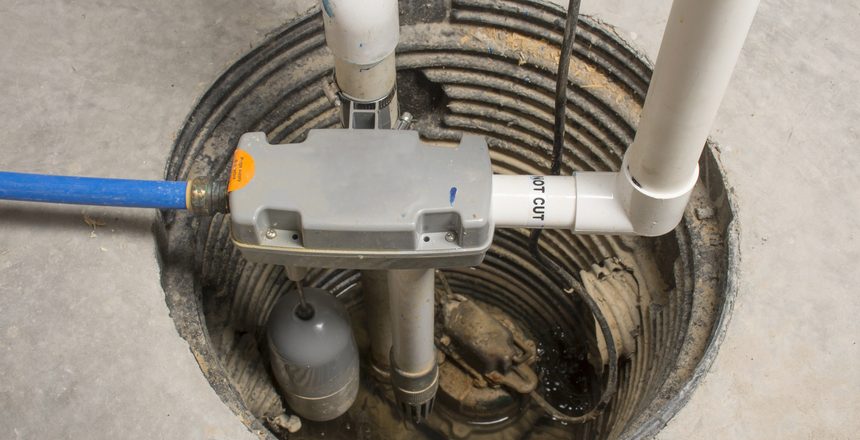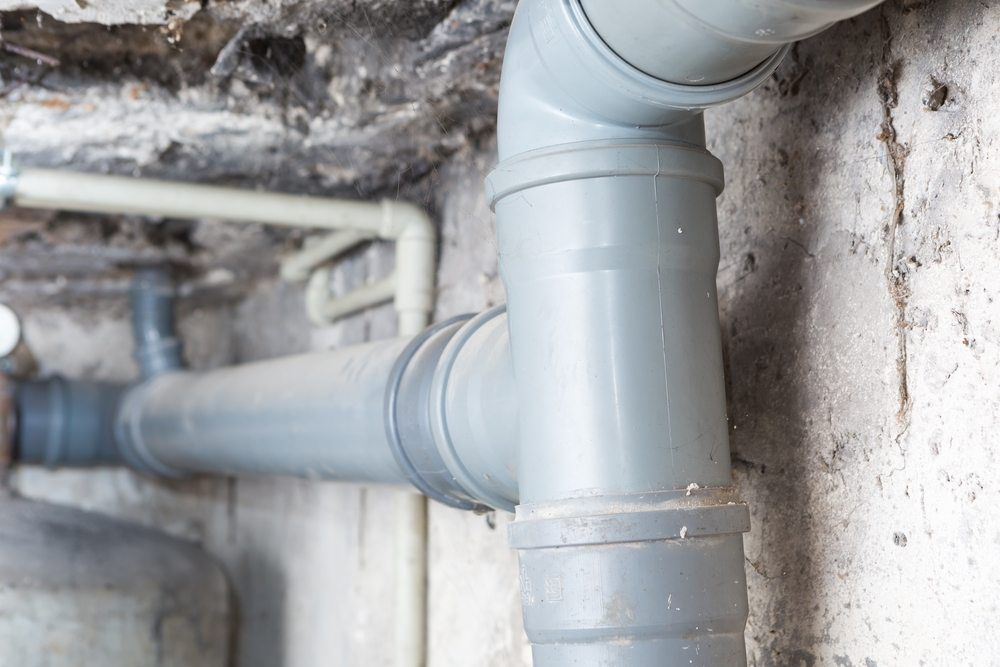In our previous post we have discussed what a Sump Pump is, its Benefits, Functions, and Backup Options.
If your sump pump discharge hose freezes, the sump pump is forced to work harder, and could fail completely due to overheating. That can spell disaster for your basement the next time water accumulates in the sump basin.
To prevent your sump pump line from freezing, follow these tips:
Crosscheck the line
Ensure that the sump pump discharge line outside the home is either buried in the yard, or extended out above-grade at a downward slope.
Bury the pipe properly
Bury the pipe at least five inches below the frost line (the maximum depth of ground below which the soil doesn’t freeze) to protect it from freezing. The section of pipe where the pipe meets the ground at the frost line and at the end of the line where the water disperses is where the pipe generally freezes.
If you choose an above-grade solution, extend the discharge line away from the house at a downward slope. The slope doesn’t have to be steep, but rather continuous so that the water flows. Connect a freeze-resistant hose to the end of the discharge hose. The hose should discharge water at least 20-feet away from the foundation. Use a smooth, rigid hose so that there is no place for water to collect. If the pipe is properly sloped, gravity will help keep the water flowing. Standing water in the pipe is more likely to freeze.
Insulate
Insulate the sump pump discharge line, as well as the intake section to guard against freezing. Attach a larger diameter pipe to the end of sump pump hose using wires and clamps, leaving air gap between the hose and the larger pipe. For a simpler fix, cover the outside pipe with hay (a natural insulator) and a tarp. Don’t pour automotive anti-freeze in the sump pump.
Periodically check
your sump basin and test the sump pump to ensure it’s working properly. If you have a flex discharge line, make sure it’s clear of debris, snow, and ice. Also ensure that your sump pump doesn’t discharge water onto your sidewalk and driveway to prevent dangerous ice.
If your sump pump pipe is frozen
use portable heaters to thaw it. Don’t use a blow torch to thaw the line as you could hurt yourself or damage the house. If you can’t thaw the hose yourself, turn off the sump pump and call a professional contractor to thaw out the line.
To learn more about how sump pumps work, check out how to choose a sump pump that lasts. For professional water damage restoration or mold remediation in New Jersey, contact us on (877) 750-7876.
What are the negatives of a sump pump?
The negatives of a sump pump include:
- Dependency on electricity: Sump pumps rely on electricity to operate, which means they can fail during power outages unless equipped with a backup power source.
- Mechanical failure: Like any mechanical device, sump pumps can experience malfunctions or breakdowns, especially if not properly maintained.
- Limited lifespan: Sump pumps typically have a lifespan of about 5 to 10 years, after which they may need replacement.
- Potential for overflow: If the sump pit becomes clogged or overwhelmed with water, the sump pump may not be able to keep up, leading to flooding.
How many years should a sump pump last?
A sump pump should last approximately 5 to 10 years, depending on factors such as usage, maintenance, and the quality of the pump.
Will a basement flood without a sump pump?
While a basement may not necessarily flood without a sump pump, the risk of flooding is significantly higher, especially during heavy rainfall, snowmelt, or in flood-prone areas. A sump pump helps to mitigate this risk by removing excess water from the basement or crawl space, reducing the likelihood of flooding and water damage.
Why is my sump pump full of water in my basement?
If your sump pump is full of water in your basement, it could indicate several issues:
- The sump pump may be malfunctioning or failing to pump water out of the pit effectively.
- The float switch or sensor that activates the sump pump may be stuck or damaged, preventing it from turning on.
- The discharge pipe may be clogged or frozen, hindering the flow of water away from the pump.
- There may be a power outage or electrical problem preventing the pump from operating.
- It’s essential to address these issues promptly to prevent potential flooding and water damage in your basement.




 PuroClean Emergency Recovery Services
PuroClean Emergency Recovery Services